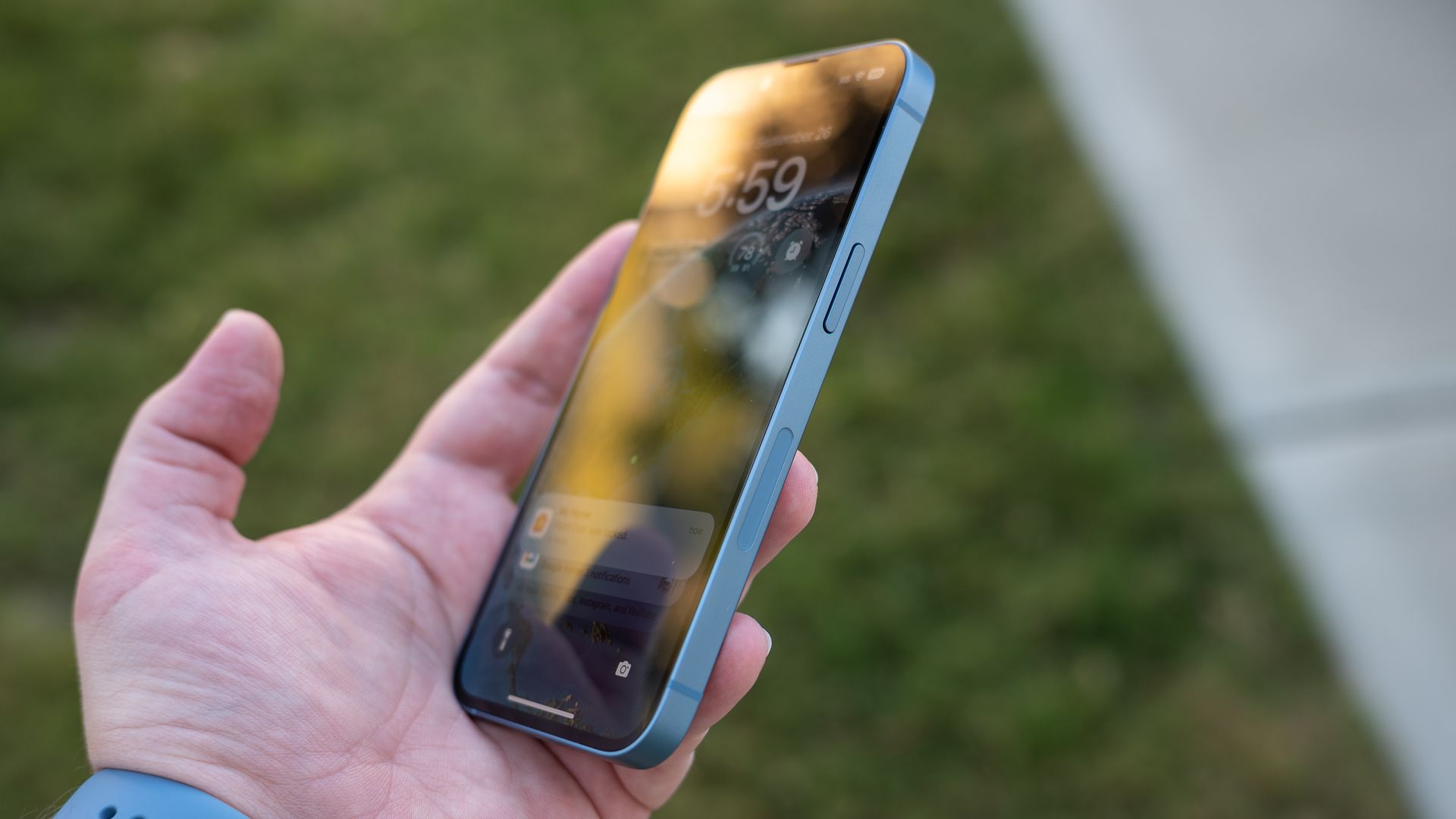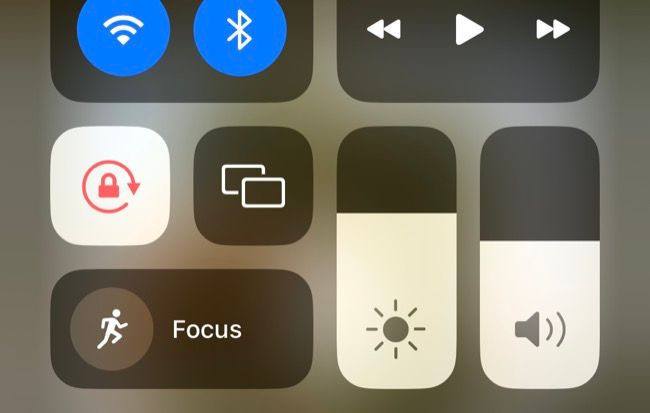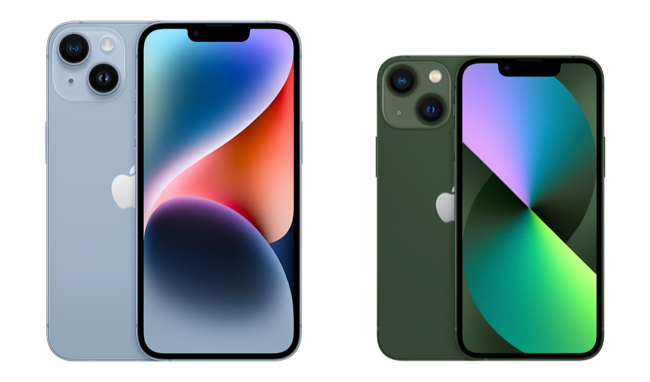Quick Links
Key Takeaways
Adjust your iPhone's screen brightness using the brightness slider in the Control Center to make it easier to see. You may also need to wipe the brightness sensor. Sometimes a dim screen is caused by your iPhone being too hot, so you may need to wait for it to cool down if you left it in the sun.
Is your iPhone display too dim? Can you barely read this article because of it? Here's how to make your iPhone display brighter and how to stop it from going so dim in the future.
First: Check Your Brightness
The most obvious thing to try when your iPhone screen appears too dim is to increase your screen brightness. You can do this in your iPhone's Control Center by swiping down from the top-right corner of the screen to reveal the brightness slider. Move the slider up to increase screen brightness. If the brightness doesn't seem to be increasing regardless of what you do, don't panic (yet).
Contrary to popular belief, disabling Auto-Brightness under Settings > Accessibility > Display & Text Size won't necessarily fix the problem if your brightness slider doesn't seem to be doing anything.
If this fixes your issue but the screen quickly dims again, wipe the front-facing sensor array to make sure nothing is interfering with your iPhone's ability to gauge ambient brightness. These sensors are normally located next to the front-facing camera, or in the notch (and Dynamic Island) on newer models.
Your iPhone May Be Too Hot
If your phone gets especially hot, screen brightness may be limited to prevent damage. OLED displays in particular are susceptible to damage from high temperatures, so if you have an iPhone X or an iPhone 13 or later your display may be more prone to dimming in hot conditions.
The only remedy is to wait for your iPhone to cool down. The display will return to its normal brightness when your device reaches a safe operating temperature again. You can still use your iPhone as normal (as long as you don't see a temperature warning on screen), but be prepared to squint at the screen. If you're especially concerned, turn your iPhone off and wait.
Resist the urge to cool your iPhone down too quickly since you run the risk of introducing condensation which could damage the internals. Don't put it in the fridge or hold it in front of an air conditioner blower, for example.
If you wait for hours and your display doesn't return to normal, you may want to consider the possibility of permanent damage. You can always take your device to Apple or an authorized repair provider for an appraisal before deciding whether it's time to replace the panel or even the whole iPhone.
Avoid Leaving Your iPhone in the Sun
You can reduce the chance of this happening in the future by keeping your iPhone cool. The easiest way to do this is to keep it out of direct sunlight, whether you're indoors or outdoors. Heat can cause damage to other iPhone components; heat can especially damage your smartphone's battery.
This can be an issue when driving if you use your iPhone as a navigational aid. Check out our top tips for keeping your tech cool in summer.



